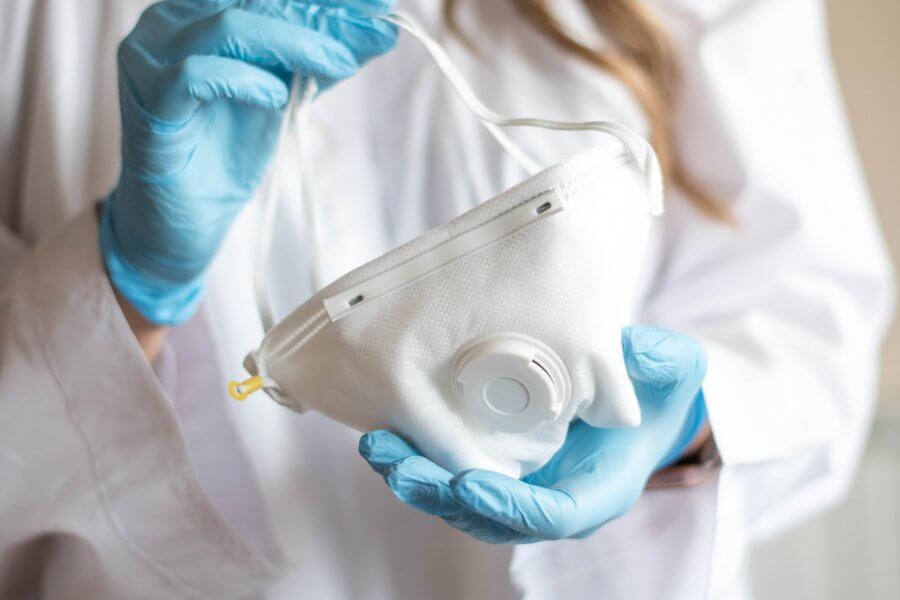
Infection preventionists are responsible for keeping healthcare workers and patients safe – and there simply aren’t enough of them.
“There clearly is a shortage,” says Connie Steed president of the Association for Professionals in Infection Control and Epidemiology. “And this particular [novel coronavirus] outbreak has put a lot of pressure and increased the workload on infection preventionists.“
Ambu is thanking infection preventionists for their work as part of International Infection Prevention Week, taking place Oct. 18-24. This year, more than ever before, IPs are being hailed as heroes amid a pandemic that has demanded nothing less. They remind us of the power of one person to make a difference.
Routinely, IPs set the organization's standards for the hygiene and personal protective equipment (PPE) of healthcare workers and sometimes visitors, and the cleanliness of equipment and devices that touch patients, staying constantly vigilant for infection.
But the COVID-19 pandemic has added new layers to their job. They must navigate challenging PPE supply chains, assure that hospitals have adequate surge capacity plans and that ever-shifting infection guidance is up to date.
COVID-19, which has claimed more than 217,000 lives in the U.S. and more than a million worldwide, has only escalated the need for IPs and expanded their potential workplaces. “We may need an infection prevention, subject-matter expert to help us with infection prevention for the airlines, for cruise ships, for the workplace, for schools,” Steed said. “The need for this role is clear. We don’t have enough.”
More on IIPW 2020:
At least one is needed per hospital, and typically large teaching hospitals will have a half dozen, Steed says. One infection preventionist is needed for roughly every 80 beds.
“We also need them in long-term care now more than ever,” Steed says. “We need them in other forms across the continuum of care. What about all those procedures that are being moved to the ambulatory care space?”
A growing number of employers want IP candidates to have or at least be working on their CIC (Certified in Infection Prevention and Control), which shows evidence of a commitment to best practices and improved patient care. About 2,000 infection preventionists or others in healthcare certify or recertify annually, according to APIC.
The Certification Board of Infection Control and Epidemiology Inc. (CBIC) recently implemented a beginning certification track for people interested in the field that assesses basic knowledge. Steed wants people to attain the CIC, which usually takes about two years of clinical practice.
Steed says few states currently require certification for infection prevention – something she hopes to see change. There is public policy work being done in both New York and Illinois to require certification.
“We are continuing our efforts to increase certification of infection preventionists, to improve competency and move the base knowledge level of infection preventionists forward,” says Steed, who in addition to her APIC affiliation is director of infection prevention and control at Prisma Health in Greenville, S.C., where she oversees 12 hospitals and a variety of other healthcare facilities.
CBIC acknowledges that the organization has seen more interest in its certification programs since the pandemic, and from outside the usual areas of acute and long-term care.
Leadership will be a key focus of future IP training – making sure IPs understand they will have a seat at the table in planning for routine infection issues as well as emerging outbreaks, Steed says.
The global pandemic provides crash-course learning to everyone in the field.
“Believe me, we had preparation in place for emerging pathogens and outbreaks,” Steed says. “I’m just not sure that we envisioned one to this extent. The whole world, including infection preventionists, has learned from this. We have a lot of work to do.”


